Let’s all collectively accept the fact that winter is here. The drift boats are carefully tucked away for the season. Hot toddies have replaced margaritas. And those fly rod rigs may be collecting dust in the corner. But, before you think about putting them away for good, there is a glimmer of hope. Winter fishing isn’t traditionally known for being very productive, but it can offer some unique opportunities that summer and fall cannot.
In our winter fishing primer, we’re going to take a look at those opportunities. Depending on where you live and what your goals are, we’ve dug up a few pretty good reasons not to go into full hibernation. Here are 5 ways to make the most of your winter trout season that every angler should know.
Low and Slow
Our first bit of advice applies to just about any freshwater fishing during the winter. As temperatures begin to drop, fish (including trout) will become less active, generally moving to deeper, warmer water. Their metabolism slows as well, so feeding becomes less aggressive and more particular based on the weather and temperature.
So, you’ll need to adapt. Don’t worry about bringing those dry flies to the river. This is the time to break out your full arsenal of nymphs, weights, and indicators. You’ll want to get flies as deep as you can and move them more slowly than you think. Fish will always be feeding, albeit more slowly, so you’ll need to give them plenty of time to make up their minds.
Keep it Small
There’s no doubt that food sources become scarce for trout during the winter months. But, while the trees are barren and the grass is dead, there’s still some life beneath the surface in the form of midges. Fly larvae are clinging to the river bottom, waiting for warmer temperatures, and trout are taking full advantage—you should, too.
Whether you’re drifting a full nymph rig or dropping below a large dry fly, be sure to test out your smallest midge sizes, anywhere from 20-24. By pairing it with a very light tippet, from 5x to 7x, you’ll be presenting a hard-to-resist meal for those wary rainbows.

Test the Rigs
Speaking of nymphs, now’s the time to get a little experimental. We all know it can be hard to commit to a full euro nymph rig while there’s still a chance for a trout to rise to a size 18 elk hair caddis, but when temperatures drop it’s time to start working on your setup. And, if you need some basic tips for nymph rigs, you can check out this article.
As we said, trout are moving deeper in the water column and feeding off the bottom in most cases. So, try experimenting with a drop shot and different nymph rigs. You may find that an indicator line is a great way to keep track of your flies as they’re running along the bottom, or an O-ring is the key to avoiding snags and losing your whole system. Either way, winter is the best time to expand your arsenal of knowledge and think outside the box.
Read the Weather
Just because it’s winter doesn’t mean that trout can’t become active, and a lot of that depends on the weather. Now, if you’re buried high in the Rocky Mountains, this may not apply quite as much, but for those whose winter weather fluctuates on a daily basis, it’s important to keep an eye on the forecast, from both a micro and macro perspective.
Let’s say you’re fishing in Arkansas, a string of warm days my trigger some hatches and increase the fishes’ metabolism, which will make for a better day on the river. And, from a daily perspective, there’s no need to get up at sunrise. Take advantage of warmer afternoon temperatures and an emerging sun to key in on when fish will be feeding. The window may be shorter, but it can still open—you need to be ready for it.
Low-Pressure System
Lastly, is a bit of encouragement. The fishing may be slow and difficult during winter, but that can present its own form of opportunity as well, in the form of fewer crowds. We all know that even in a summer hatch anglers can outnumber the insects, but when that temperature drops and ice accumulates, you’ll probably have the whole river to yourself.
For this reason, winter is a great time to get out and practice. You won’t need to worry about hogging a pool or hitting hikers with your backcast. You can enjoy the solitude and quiet that comes with a fresh blanket of fallen snow.

Winter fishing isn’t for everyone. You definitely need to bundle up and prepare for a day with little to no strikes—it’s going to happen. But, as we’ve pointed out, it has plenty of advantages as well, and as the old cliché says, it’s better than a day at the office.
For gear, we highly recommend picking up one of our Epiphany Rods for winter trout. They’re long enough to reach across those deep pools and are built for drifting nymph rigs all day long. Or, maybe try picking up our Rambler spinning rod. It’s built with the same care and love as our fly rods and is great for a delicate, yet deep, presentation for the pickiest trout.


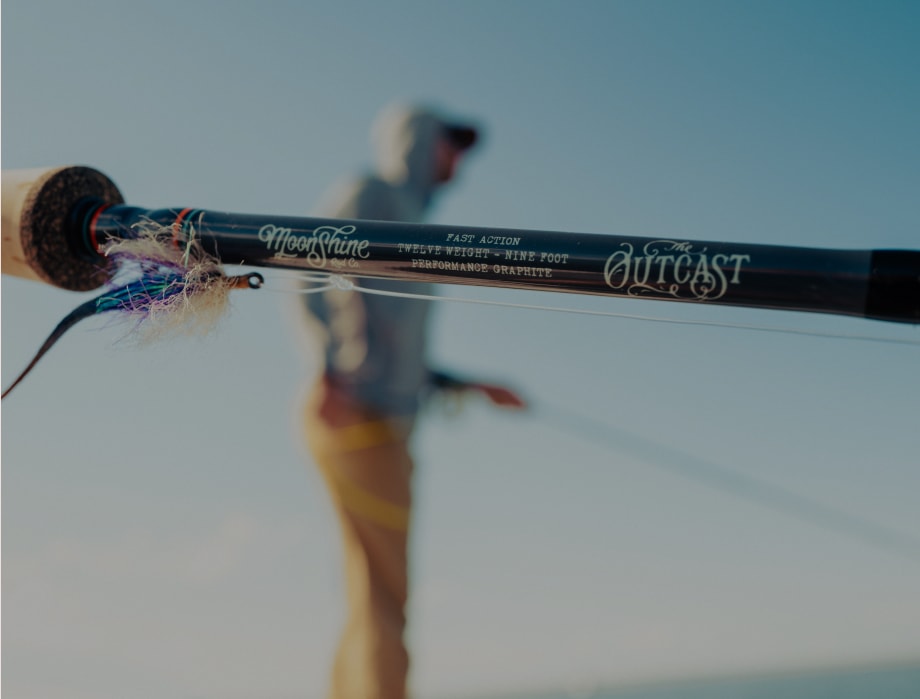
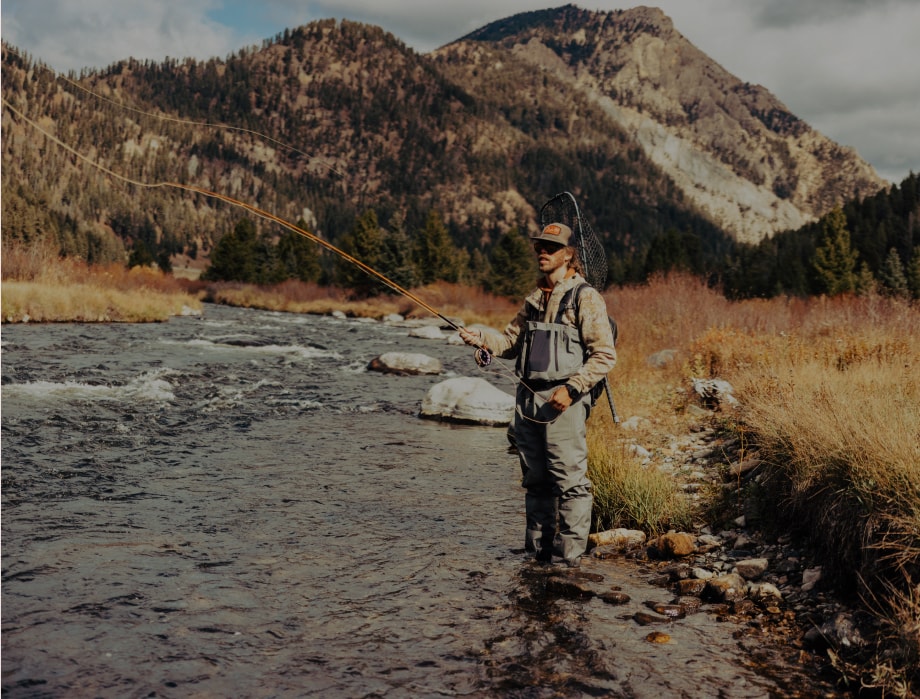
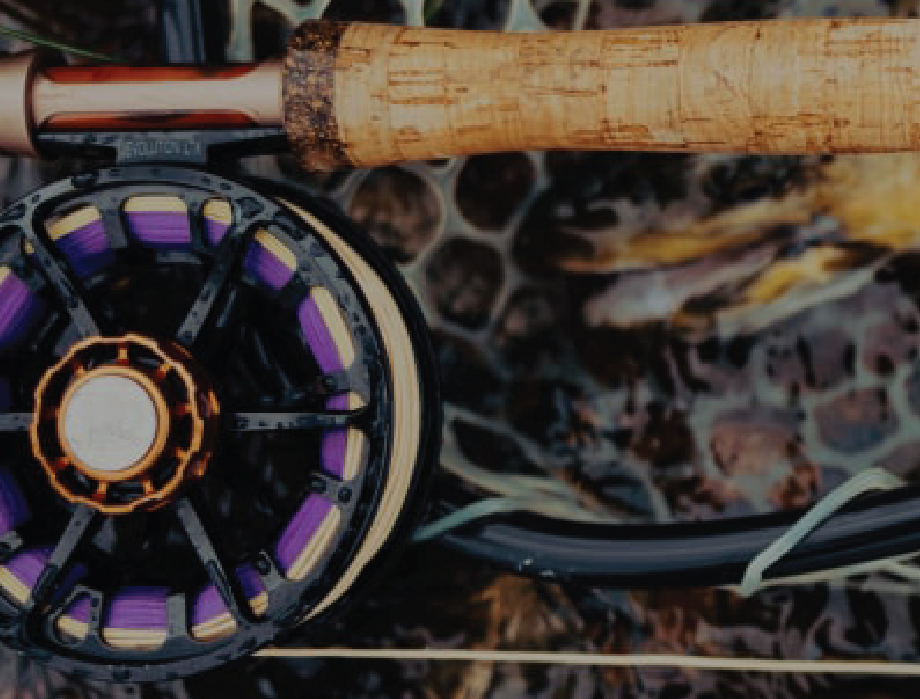


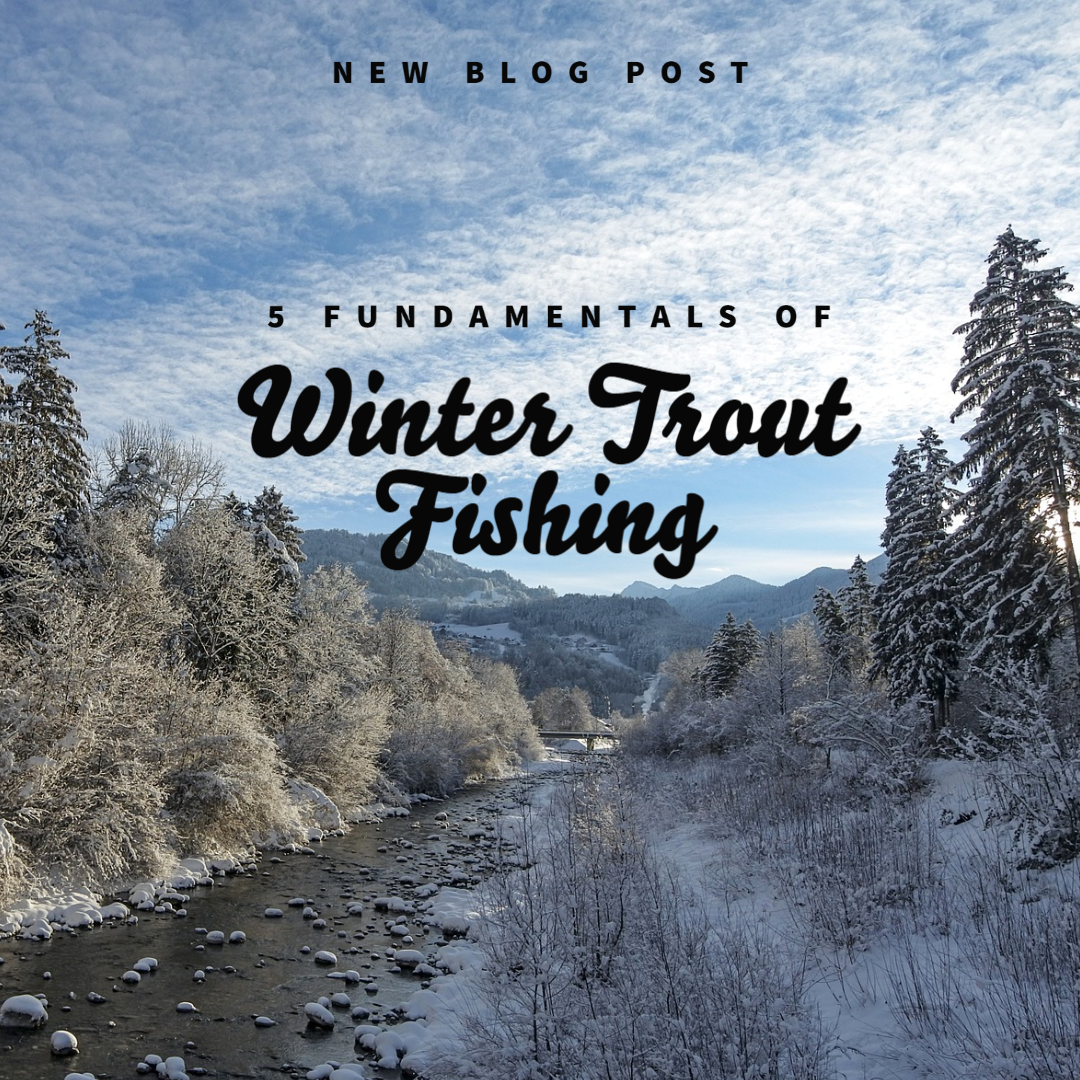
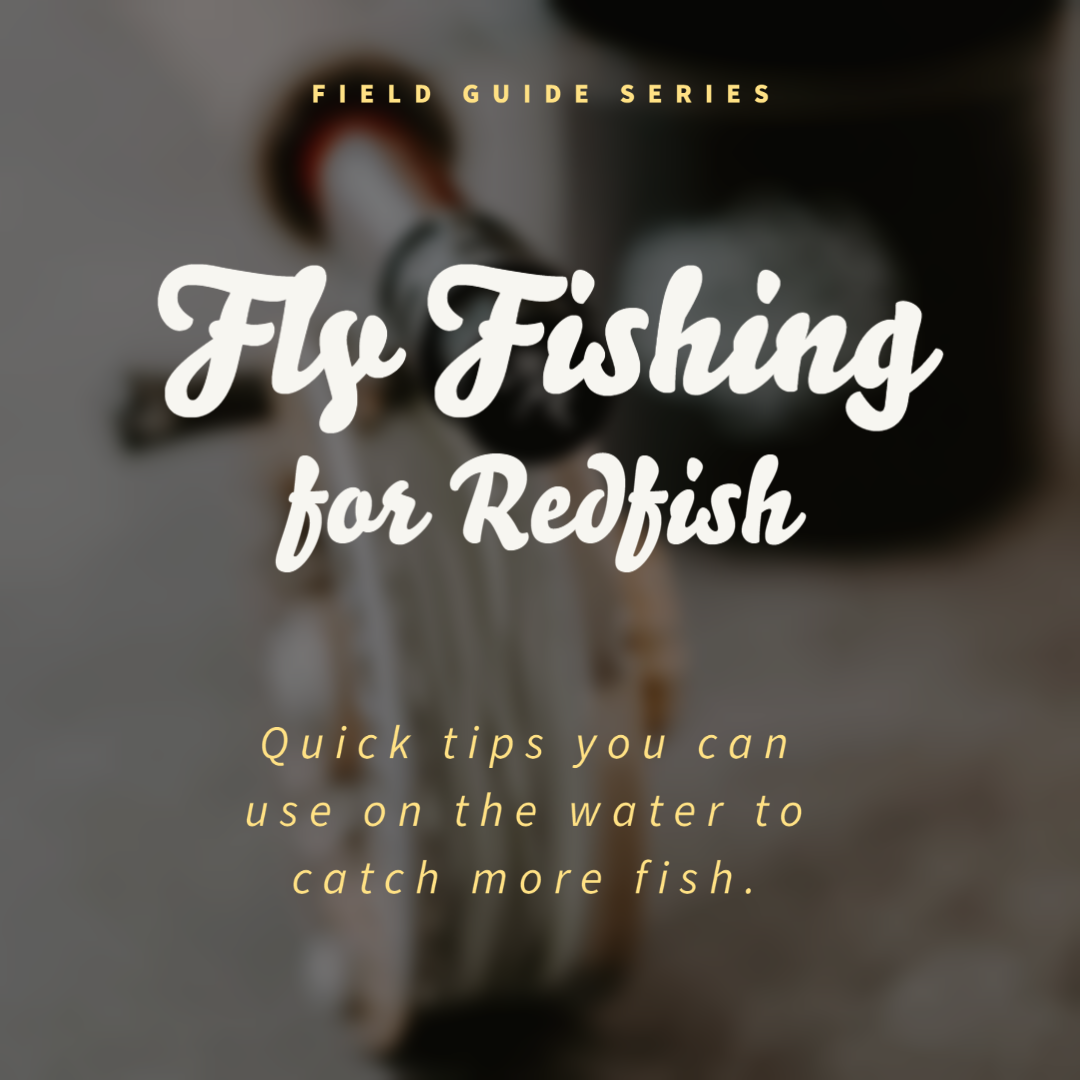

1 comment
Dee
Well written article. I look forward to reading thr others
Leave a comment
All comments are moderated before being published.
This site is protected by hCaptcha and the hCaptcha Privacy Policy and Terms of Service apply.